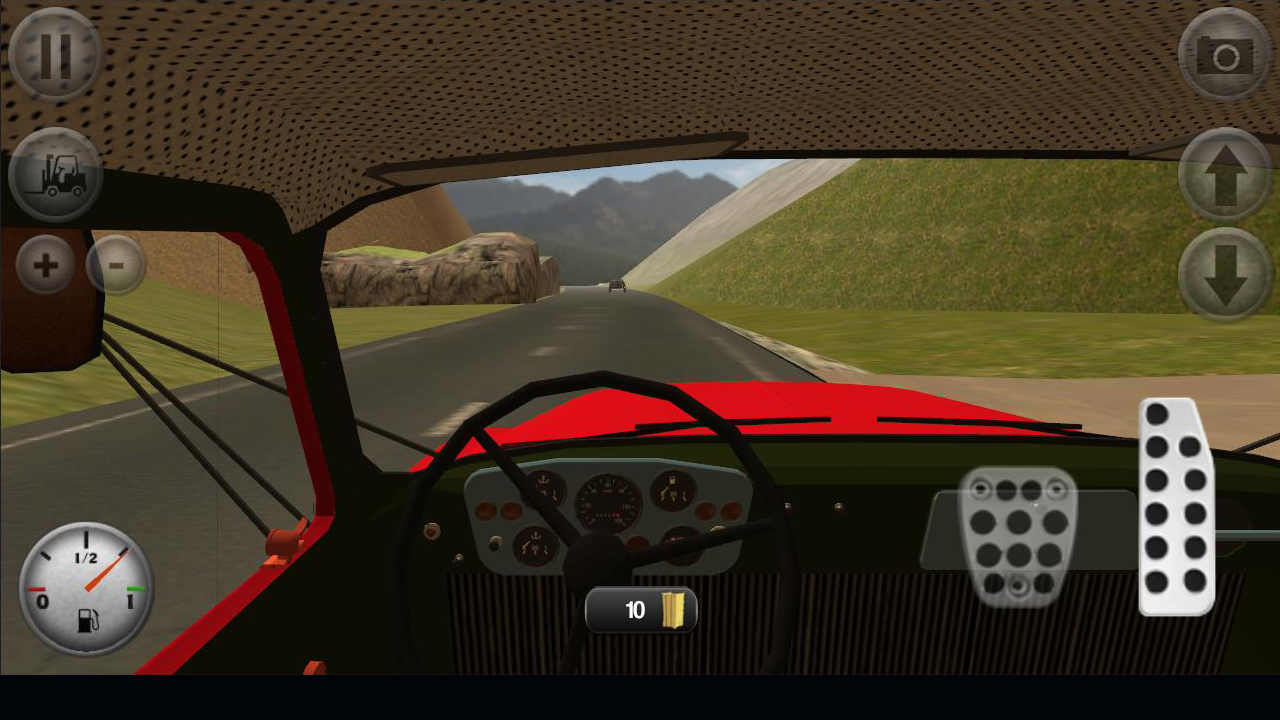
To zoom in or out on a map, you just have to use the + and ‒ buttons on the screen. The resistive displays used on most replacement stereos recognize only one touch point at a time, but we’ve found that they’re fine for most uses, such as tapping on-screen buttons and swiping menus. But those are typically available only on higher-priced stereos. Touchscreen: We preferred a capacitive touchscreen (similar to the one on your smartphone), which allows multitouch gestures that can be particularly handy for pinching to zoom on navigation maps.A few models-including three of the stereos we tested-have a knob, which makes volume adjustments much easier, although the compromise can be a slightly smaller display. The best have a nice tactile feel, which makes them easier to identify by touch. Where we saw the most difference was in the stereos’ physical buttons, which are located on the faceplate around the screen. Most stereos have similar screens: a 6.4- to 7-inch display that’s clear, sharp, and responsive. Easy-to-use interface: Intuitive controls, large on-screen buttons, and easy-to-read fonts make it easy to get to what you want quickly, minimizing distractions.(CarPlay and Android Auto can’t run off of Bluetooth, according to Pioneer’s Ted Cardenas, because each require too much data.) So, wireless stereos have a built-in Wi-Fi network that you connect your phone to, and once the two are paired, the phone automatically drops any other Wi-Fi network it’s connected to in favor of the stereo’s.


Relatively few stereos offer wireless connections to CarPlay or Android Auto, but it’s the area where we’ve seen the most innovation in the last year.


 0 kommentar(er)
0 kommentar(er)
